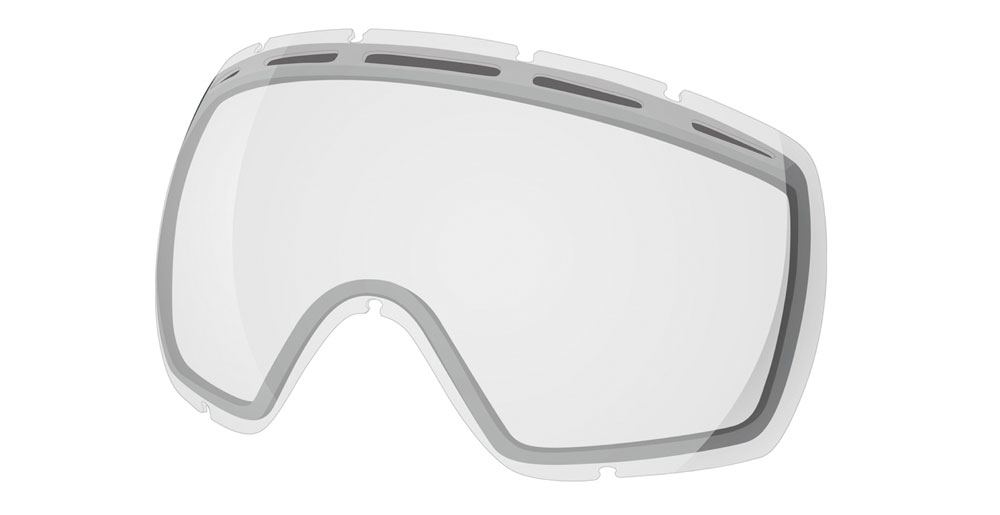

Most companies cannot afford failures of this magnitude and should seek out alternative advertising options. That monstrosity was the centerpiece of a $150 million-dollar campaign. However, for every “Hump Day” there are 100 examples of brand ads that failed to stick the landing, the “PS3 Baby” being a particularly disturbing example.

It also effectively tied into the Geico brand. It created a catchphrase that was impossible to escape for six months of Wednesdays following its initial airing. At their best, they’re memorable, emotionally engaging, and culturally significant. This is why brand ads often feel like short films that end with a logo. In short, the brand wants to be placed in the customer consideration set, and the ad is the barrier to entry. For these companies, the advertising's goal is not to generate an immediate sale, but for the customer to log away the brand name in their mind for the next time they’re shopping within the category. Running high-production value spots in major media slots can make any company–even young challengers–feel big and important. The companies that are typically the most effective at utilizing brand ads are those that need to stand out in a group of borderline identical competitors, like beer, fast food, laundry detergent, and airlines. These companies are hunting for eyeballs and want to cast the widest possible net with their advertising. The crown jewel is the Super Bowl, rarified air time reserved for the largest brands with the deepest pockets. They’re the kings and queens of primetime, dominating the most viewed–and most expensive–media available for purchase. Through their use of logic driven tactics like product demonstrations and customer testimonials they were able to act as the salesperson in the customer’s living room, pitching the product as a valid solution to their problem and inspiring them to act now.īrand ads, on the other hand, take a different approach. While echoes of Billy Mays still haunt my dreams, there’s no doubt traditional direct response advertisements moved product. Harken back to your formative years for a moment and I’m sure you’ll remember waiting out NutriBullet, Little Giant Ladder System, or ShamWow paid-programming before your morning rerun of choice.

Often these spots were built as half-hour infomercials and ran in cheap time slots overnight and in the early morning when networks had nothing else to air. Traditionally, Direct Response has been of a lower quality, defined by cheesy pitchmen, grainy animation, and minimalist sets (or no set at all). Direct Response advertising is logic driven and is typical focuses on explaining the product’s features and benefits, telling the customer exactly how it will solve a specific problem. The goal of brand advertising is to connect and engage with a broad spectrum of customers and inspire a lifetime of brand loyalty.ĭirect Response Advertising: Any marketing execution that calls for a customer to take immediate action on an offer.

Let’s start with some definitions:īrand Advertising: Any commercial mass communication designed to build emotional connections with customers over time through the portrayal of a specific character or personality. Important lessons can be learned from each. Until relatively recently, all advertising has boiled down to two genres of intention: Brand and Direct Response. Each agency has adopted its own term for this hybrid style of advertising–that’s what we marketers do after all–but pull away the veil of phraseology and what are we really talking about? Branded Direct Response, Brand-Response, Transactional Brand Building. If you work in marketing, there’s no doubt you’ve heard variations of the term thrown around.


 0 kommentar(er)
0 kommentar(er)
